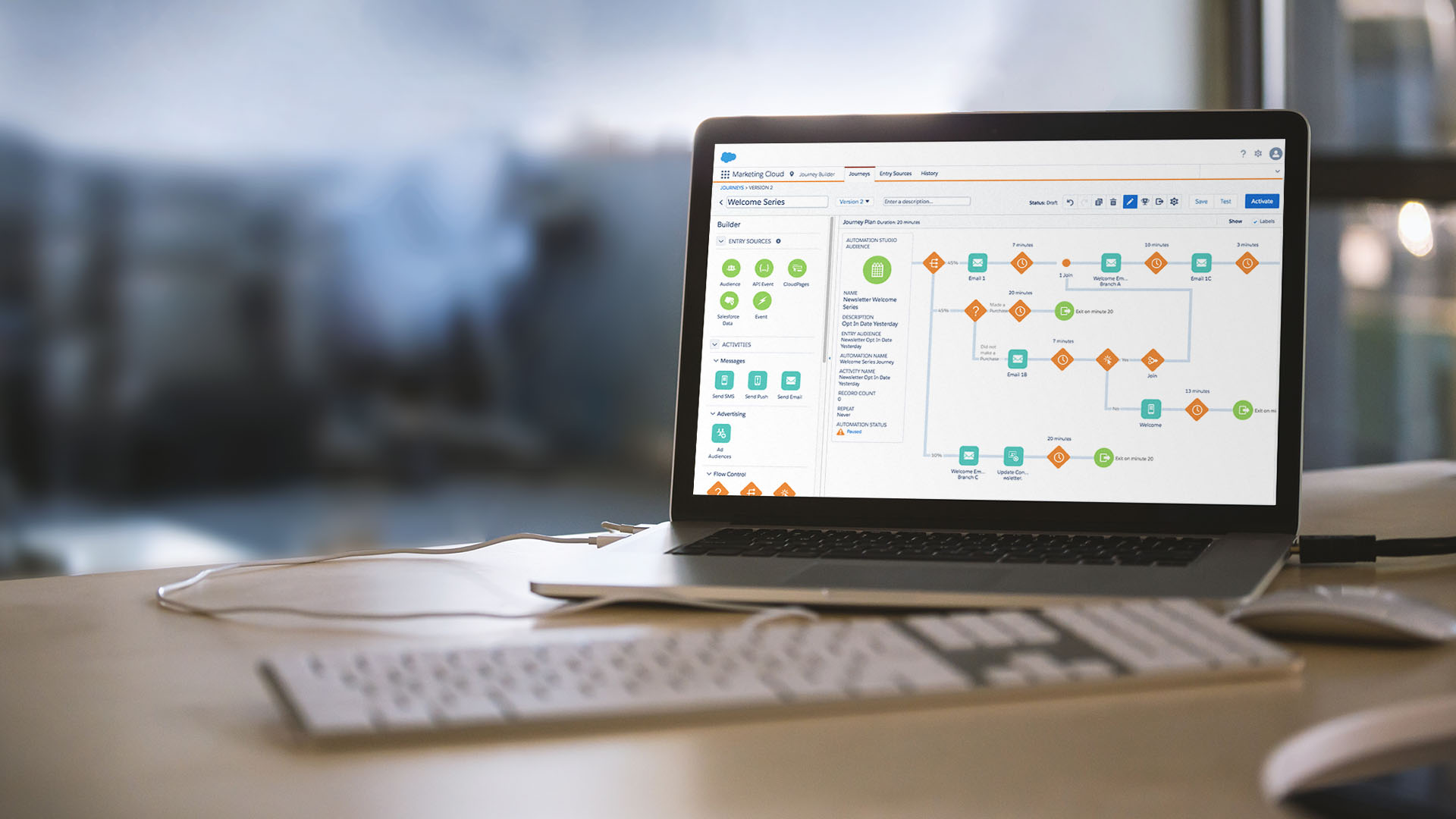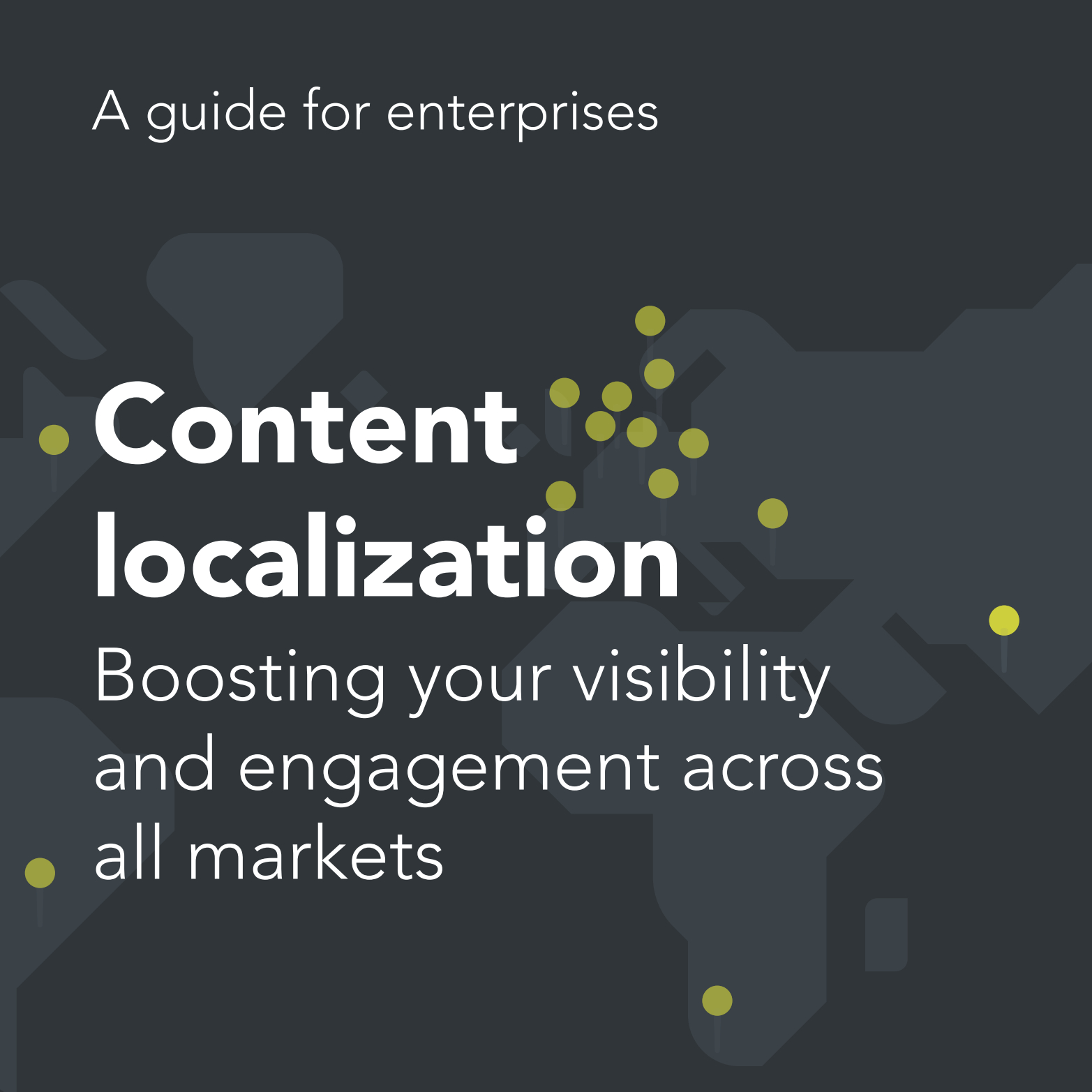Marketing Automation sounds like a concept that is going to make your job much easier. Guess what? That’s exactly what it can do! However, defining and executing a proper Marketing Automation strategy can be difficult and it can raise a lot of questions. In this article we are answering the most frequently asked questions to help you get started!
What is Marketing Automation?
The software that exists to automate marketing actions and the process around it is called Marketing Automation. By using the right tools, a clear strategy and structure and enough knowledge, a prospect or customer can be targeted with the right message at the right time on the right channel. It’s no wonder Marketing Automation can boost the outcome of your digital marketing actions. Also, once you set up Marketing Automation for your organization, a lot of previously manual work is fully automated and being taken care of! This is why it’s called ‘always on marketing’.
When do you start with Marketing Automation?
It’s never too late to start with Marketing Automation, but the earlier the better! There are a few things that are worth thinking about before you start. First of all, define your main goal for using Marketing Automation. For example: you can focus on lead acquisition, but if you want to increase conversion, you’ll need a totally different Marketing Automation strategy. Secondly, it’s important to make an inventory of all the data and needs that are required to successfully implement your Marketing Automation strategy.
What can you achieve with Marketing Automation?
Several business results can get an uplift using Marketing Automation. Not only the acquisition of new leads, the number of new customers, but also KPI’s such as conversion rate and average order value can be increased using Marketing Automation. Would you rather see your qualitative indicators going up? With the correct Marketing Automation strategy and execution, an increase in email click through rates or an increase in the number of reviews from customers is perfectly possible. It’s all about understanding the needs of the customer so that you can provide the most relevant content at the best time in order to add value for the customer. Find a way to rock this and almost every result you desire is achievable!
What do you need to start with Marketing Automation?
- Knowing your customers and knowing how you want to add value to their experience with your brand is where it all starts. Who are your customers? What’s important to them? What are they missing during their customer experience and how do you want them to look at your brand? And the main question is: what do you want to achieve long-term? Bottom line: creating a vision is key to achieving success with Marketing Automation. For example, the vision statement of IKEA is ‘to create a better everyday life for the many people’. Like this example from IKEA, a vision can be very broad, but it’s the dream situation companies are striving to achieve. Therefore, it’s also important to clearly communicate this vision to your team in order to take the team’s effectiveness to the next level.
- Once you have your vision, it’s time to make a solid long-term plan. It feels comfortable to start small and scale from there, but don’t forget to think long-term! Marketing Automation is a fundamentally new way of working that can transform your marketing and organization, so it’s important to keep in mind a long-term strategy and potential changes to ways of working.
- The right team with the right skills is a must for a successful execution of your Marketing Automation strategy. So, think thoroughly about which resources and skills you need in your team in order to reach your goals.
- Working with Marketing Automation tools that fit your organization can make your life easier. You’ll need to establish what kind of tools you need and what your budget is. There are some free or relatively cheap tools available, but they’re often very limited in their available features. Do you want to have access to more interesting and advanced features to be able to make a serious impact? Then a more comprehensive tool like Salesforce Marketing Cloud might be a good choice.
How to structure your Marketing Automation?
- Again, start with your customers. Don’t automate your marketing if it isn’t creating value for them. Think in their shoes and take their opinions and thoughts into account every step of the way.
- Make sure your Marketing Automation efforts are based on actual customer interactions with your brand. It’s a good idea to map out the customer journey of the largest segment of your customers. This way it’s easier to spot opportunities that improve your customers’ experience.
- Figure out what you’re going to do and when. A roadmap or priority list is a great place to start, to avoid wanting to do everything at once. Also, add owners to the activities to make sure things get done!
- Document everything! Get your ideas, blueprints, content calendars etc. on paper and share it with your team to make sure everyone is on the same page. Extra tip: also document the execution of your marketing activities. This is very helpful for those who don’t like to invent the wheel twice. Ok, last tip: create one sharing point, for example a shared Google Drive folder.
- Test, measure, learn and repeat. In order to go forward with your Marketing Automation, you should constantly test different approaches, look at the results and learn from them. It’s important to make this process part of your general way of working.


